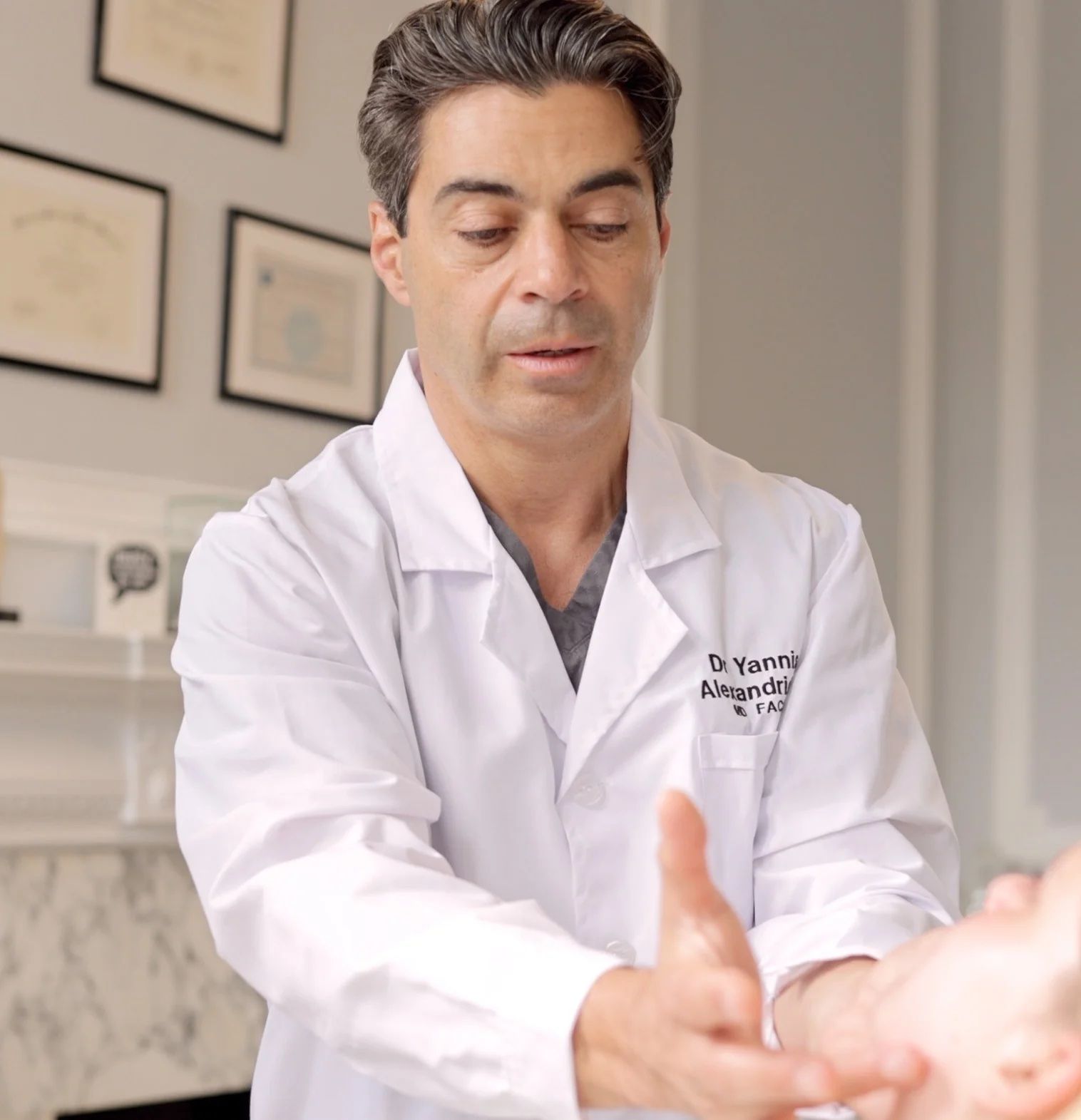Construction sites are inherently dangerous environments, with workers facing a multitude of hazards daily. Falls, electrocutions, falling objects, and equipment malfunctions are just some of the risks that can lead to serious injuries or even fatalities. When a construction worker is injured on the job, it’s essential to understand their rights and the legal options available to them. This article provides a comprehensive overview of construction workers’ rights, focusing on workers’ compensation benefits and third-party claims, two crucial avenues for seeking compensation and protecting your livelihood. If you’ve been injured on a construction site, consulting with a construction accident attorney Rockland County is a vital first step in understanding your rights and navigating the legal complexities.
Workers’ Compensation: A Safety Net for Injured Workers
No-Fault Benefits: Compensation Regardless of Fault
Workers’ compensation is a system of insurance that provides benefits to employees who are injured on the job, regardless of who was at fault for the accident. This “no-fault” system ensures that injured workers receive medical care and wage replacement without having to prove negligence on the part of their employer. In exchange for these benefits, employees generally give up the right to sue their employer for negligence.
Types of Workers’ Compensation Benefits
Workers’ compensation benefits typically include:
Medical Expenses: Coverage for all reasonable and necessary medical treatment related to the work injury, including doctor visits, hospitalization, surgery, physical therapy, and prescription medications.
Lost Wages: Partial wage replacement for lost income due to the inability to work during recovery. The amount of wage replacement varies by state and typically represents a percentage of the worker’s average weekly wage.
Disability Benefits: Compensation for permanent impairments or disabilities resulting from the work injury. These benefits may be paid in a lump sum or as ongoing payments, depending on the severity of the disability.
Vocational Rehabilitation: Assistance with job retraining or education if the worker is unable to return to their previous occupation due to the injury.
Death Benefits: Benefits paid to the surviving family members of a worker who dies as a result of a work-related injury or illness.
Filing a Workers’ Compensation Claim: The Process
The process for filing a workers’ compensation claim generally involves:
Reporting the Injury: Promptly reporting the injury to your employer is crucial. Most states have strict deadlines for reporting injuries, and failure to report within the required timeframe can jeopardize your claim.
Seeking Medical Attention: Seeking medical attention from an authorized healthcare provider is essential for documenting your injuries and receiving necessary treatment.
Filing a Claim Form: Completing and filing a workers’ compensation claim form with your state’s workers’ compensation agency. This form typically requires information about the injury, the employer, and the medical treatment received.
Third-Party Claims: Seeking Compensation Beyond Workers’ Comp
When Negligence Extends Beyond the Employer
While workers’ compensation provides a safety net for injured workers, it may not cover the full extent of damages in cases where a third party’s negligence contributed to the injury. A third party is any individual or entity other than the employer or a co-worker. For example, if a construction worker is injured due to a defective piece of equipment, they may have a third-party claim against the equipment manufacturer.
Types of Third-Party Claims
Common types of third-party claims in construction accidents include:
Product Liability Claims: Claims against manufacturers, distributors, or sellers of defective products that cause injuries.
Premises Liability Claims: Claims against property owners or general contractors for injuries caused by hazardous conditions on the construction site.
Motor Vehicle Accident Claims: Claims against negligent drivers involved in accidents on or near the construction site.
Negligent Hiring or Supervision Claims: Claims against employers for negligently hiring or supervising employees who cause injuries to others.
Benefits of Pursuing a Third-Party Claim
Third-party claims can provide additional compensation beyond workers’ compensation benefits, such as:
Pain and Suffering: Compensation for physical pain, emotional distress, and loss of enjoyment of life.
Punitive Damages: Damages intended to punish the negligent third party for egregious conduct and deter similar behavior in the future.
Loss of Consortium: Compensation for the spouse or family members of the injured worker for the loss of companionship, support, and services.
The Interplay of Workers’ Compensation and Third-Party Claims
Understanding the Subrogation Process
When a worker receives workers’ compensation benefits and also pursues a successful third-party claim, the workers’ compensation insurer may have a right to reimbursement (subrogation) from the third-party settlement or judgment. This ensures that the insurer is reimbursed for the benefits they paid, and the worker does not receive a double recovery.
The Importance of Legal Counsel
Navigating the complexities of workers’ compensation and third-party claims requires the expertise of a skilled attorney. A work injury attorney can provide comprehensive legal counsel, advising you on your rights and legal options, assisting with filing your workers’ compensation claim, investigating the accident and identifying potential third parties, negotiating with insurance companies on your behalf, and representing you in court if necessary. Their expertise and advocacy can be invaluable in protecting your rights and maximizing your recovery.
Maximizing Your Recovery: Key Considerations
Gathering Evidence
Gathering evidence is crucial for both workers’ compensation and third-party claims. This may include obtaining copies of any accident reports filed by your employer or other parties, collecting all medical records related to your injury, gathering statements from witnesses who saw the accident, and taking photos or videos of the accident scene and your injuries. Thorough documentation and evidence collection are essential for building a strong case and supporting your claim for compensation.
Understanding Deadlines
There are strict deadlines for filing workers’ compensation claims and third-party lawsuits. Failing to meet these deadlines can bar you from receiving compensation. A work injury attorney can ensure that you meet all applicable deadlines.
Communicating with Insurance Companies
Dealing with insurance companies can be challenging. A work injury attorney can handle all communication with insurance companies on your behalf, protecting your rights and negotiating for a fair settlement.
Conclusion
Understanding your rights as a construction worker is essential for protecting your livelihood and securing the compensation you deserve after an injury. Workers’ compensation provides a safety net, while third-party claims offer the potential for additional compensation in cases of third-party negligence. Navigating these legal complexities can be daunting, and seeking the guidance of a qualified construction accident attorney is crucial for maximizing your recovery and ensuring your rights are protected. Just as you would rely on a skilled professional for complex medical treatment, a work injury attorney New City provides the legal expertise and advocacy you need to navigate the legal system and achieve the best possible outcome for your case.





